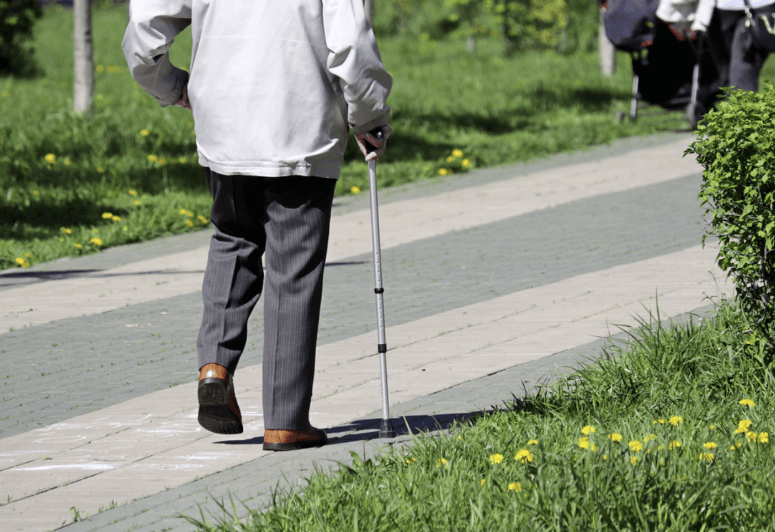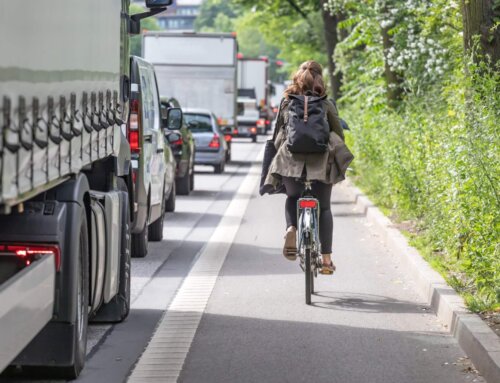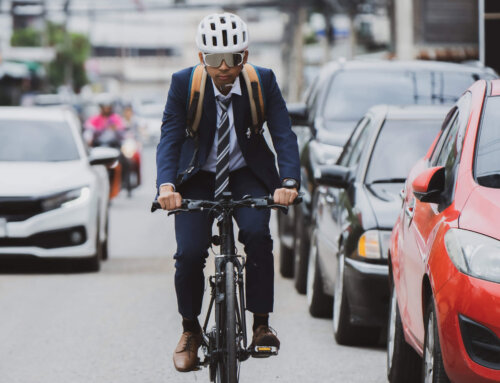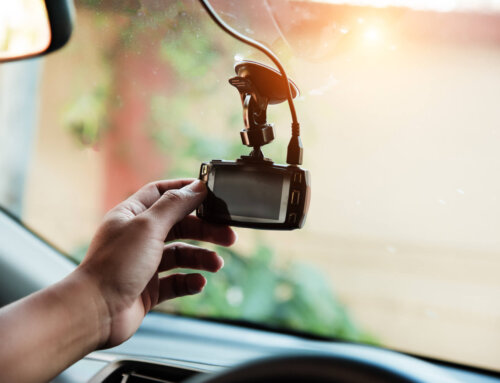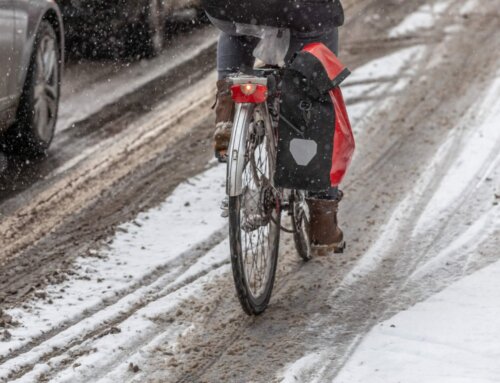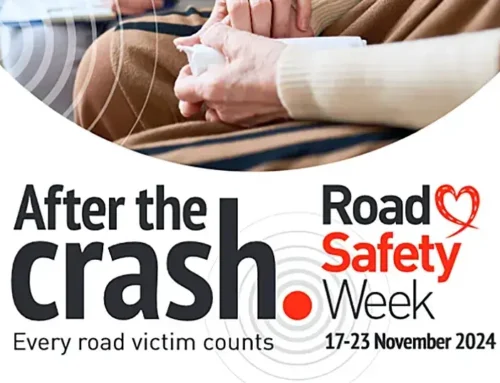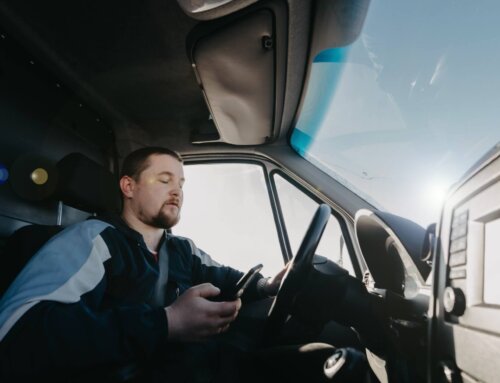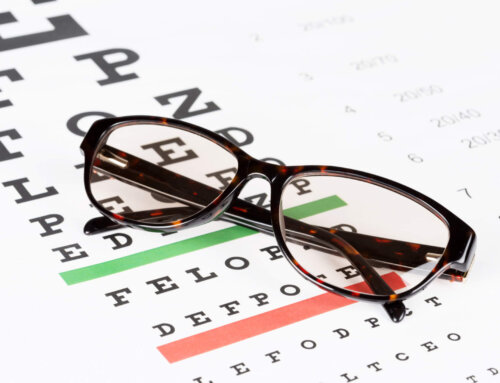This article was updated in February 2024.
A ‘pedestrian accident’ happens when a driver, motorcyclist, or cyclist hits a person walking on the road, pavement or other type of public highway, such as a path.
Sadly, pedestrian accidents are a daily occurrence in Great Britain. In 2022, 385 pedestrians were killed in road traffic accidents. This was an increase of 7% from the previous year’s figures. Overall, 19,327 pedestrian casualties of all severities were reported to the Police.
Who is most often to blame in a pedestrian accident?
As we have set out in more detail on the Pedestrian Accident Claims page of our website, the leading causes of pedestrian accidents are:
- Driver/rider failing to look properly. This may be at road junctions when moving off at traffic lights or in heavy traffic. Motorists need to be aware of the possible presence of pedestrians, particularly in built-up areas and near schools.
- Driver becoming distracted, e.g., by using their mobile phone whilst driving or by turning to talk to one of their passengers.
- Driver/ rider Travelling too fast for the prevailing road circumstances.
- Aggressive driving.
- The driver was driving whilst under the influence of drugs or alcohol.
- Driver/rider losing control of their vehicle.
Can’t pedestrians be at fault, too?
Pedestrians are capable of acting carelessly. Some common contributing factors attributed to pedestrians involved in road traffic accidents are:
- Pedestrian failed to look properly. One of the most noticeable examples is the distraction caused by mobile phone use.
- Pedestrians trying to cross between parked vehicles.
- Not realising they don’t have enough time to cross the road, the pedestrian wrongly judges how fast a car is coming.
- Pedestrians who cross the road when they are drunk or under the influence of drugs.
- The pedestrian was wearing dark clothing at night (which causes visibility issues for motorists, bikers or cyclists).
- Pedestrian carelessness – being so hurried that they take unnecessary risks when crossing a road.
Are pedestrians also to blame for some of these pedestrian accident statistics?
The law does not usually hold pedestrians fully to blame when involved in accidents with other road users.
The driver or rider will usually bear the more significant proportion of blame for an accident involving a pedestrian.
Unfair? On the face of it, perhaps it is, but there are some critical factors to take into account before we rush to judgment:
1. In January 2022 the Government introduced the concept of the ‘hierarchy of road users’
The Highway Code was updated at the beginning of 2022. One of the main changes it brought in was the concept of a hierarchy of road users, designed to ensure that those driving quicker or heavier means of travel bear the greatest amount of responsibility to reduce the danger they potentially pose to other road users.
The Highway Code sets out specific rules relating to pedestrians, the most vulnerable of all road users (Rule 204), advising other road users to drive more carefully where there is a risk of encountering pedestrians stepping unexpectedly into the road (especially children).
Rule 205 of the Code specifically states that:
“You should drive with the safety of children in mind and at a speed suitable for the conditions.”
As if to reinforce this, Rule 124 of the Code provides:
“You MUST NOT exceed the maximum speed limits for the road and your vehicle”, and Rule 125 adds:
“The speed limit is the absolute maximum and does not mean it is safe to drive at that speed irrespective of conditions. Driving at speeds too fast for the road and traffic conditions is dangerous.”
In other words, even if you drive at 30 mph and do not exceed the speed limit, it may be too fast for the conditions. If a pedestrian then steps onto the road and, as a driver, you collide with them, you will typically bear the lion’s share of the blame for the accident.
Legal Case Study
An example of this is the decision in the legal case of Toropdar v D (where D was a minor, a child of 10) brought by the driver of a car to seek a declaration from the court that he was not responsible for an accident.
T had been driving at a speed that the court accepted was 27.5 mph when a child aged 10 ran out into his path from behind a stationary bus.
The court accepted that T could have done nothing to avoid hitting the child at the speed he was travelling. However, his speed was too fast (for the road and traffic conditions), and if he had braked before he reached the bus, he could have avoided the collision.
2. “The standard of care required of a driver to prevent harm is likely greater than that required of a pedestrian.”
This quote is from one of the judges in the Toropdar case, and his reason for saying it was because ‘a motor car is in one sense a lethal weapon and its propensity to injure human beings in a traffic accident, is obvious.’
The Judge in question was perhaps just reinforcing something that we are all guilty of forgetting at times, namely:
The consequences of our actions as drivers can have devastating effects on vulnerable road users and, most of all, pedestrians.
For this reason alone, it’s only fair drivers are expected to display a much higher standard of care than the other types of road users.
Is it an exception to the rule or simply common sense? The case of ‘Chan’
Having said that a pedestrian rarely gets found held entirely to blame for an accident here’s a summary of a case that goes completely against that proposition. The case is Chan v Peters (2021) EWHC (QB).
The Facts
Mr Chan (the Claimant) was a 17-year-old schoolboy. On the day of the accident, he was outside his school when two friends waved to him from across the road. The evidence at court was that on seeing his friends, the Claimant moved out from between a parked car and a bus to cross the road to meet his friends. He entered the road without checking it was ok to do so.
The Defendant was driving on the same road at about 25mph (in a 30mph zone) when the Claimant, according to witness evidence, ‘jogged’ out from between the vehicles to cross the road.
At court, it was emphasised that the Defendant didn’t slow down or cover her brake as she passed the school, but it wasn’t at the beginning or end of the school day (when it was more likely children would emerge from between vehicles to cross the road).
From the moment the Claimant jogged onto the road, the Defendant had 0.6 seconds of visibility to see him as the parked car obscured her view until he was on the road. The Defendant acted as quickly as she could but had insufficient time to respond meaningfully. The Defendant collided with the Claimant, who, as a result, was seriously injured.
At the High Court Hearing in a civil claim for compensation being brought by the Claimant, the Judge found that the Defendat had done all she could to avoid an accident but that until 0.6 seconds before the collision, the Claimant was entirely obscured by the parked car.
In the circumstances, a reasonably competent driver’ could not be expected to take any precautionary steps.
The court found that the Defendant was not liable for the accident.
Watch our video – What are the consequences of hitting a pedestrian?
Summary
- All road users make errors – drivers, riders and pedestrians.
- All road user errors are preventable – all road users can control whether they make them.
- There is a greater responsibility on motorists to control and thus avoid errors because the consequences of their not doing so are likely to be far greater. They are driving a ‘lethal weapon’ that has the potential ‘to severely injure other human beings in traffic accidents’.
- It’s worth noting that if a pedestrian brings a personal injury claim against a motorist following a road traffic accident, despite what we have said above, it is open to the court to say that the pedestrian contributed to that accident. This is what happened in the case of Toropdar v D.
- D ran across the road without giving Mr T any real opportunity to avoid colliding with him. D was said to be guilty of contributory negligence. However, as D was only ten years of age, the court decided he was only one-third to blame for the accident. Any compensation he recovered from making a personal injury claim would therefore be reduced by one-third of what it would have been if T had been 100% to blame for the accident.
- The finding of contributory negligence only reduces the amount of personal injury compensation a pedestrian accident claimant will receive. It does not lessen the finding of fault against the driver of the motor vehicle.
- If all the evidence shows the driver was going at a reasonable speed and keeping a proper lookout when suddenly presented with a pedestrian in their path at very close proximity, the courts will find in favour of the driver, and the Claimant’s pedestrian accident claim will not succeed.
- Every pedestrian accident claim will be decided on the specific facts of the case.
- Depending on the particular circumstances of the accident, drivers whose negligence is the sole cause of pedestrian accidents may find themselves on the wrong end of civil and criminal court proceedings.
If you’ve been injured due to a pedestrian accident, then call Mooneerams Solicitors on 029 2199 1927 to discuss the possibility of claiming personal injury compensation.
Mooneerams are experts in all forms of road traffic accident claims, including pedestrian accident compensation claims.
We can usually handle pedestrian claims using a No Win, No Fee agreement.
Call us now on 029 2199 1927 or send us the details using the form on this page or our contact page. We’ll call you straight back.

